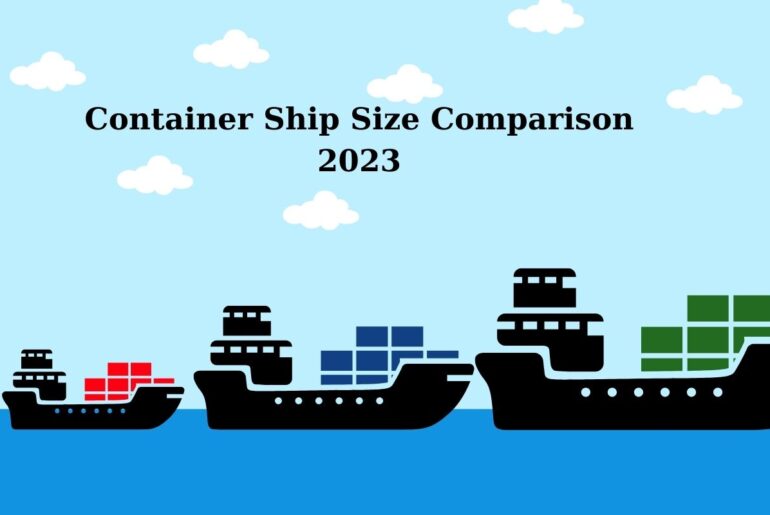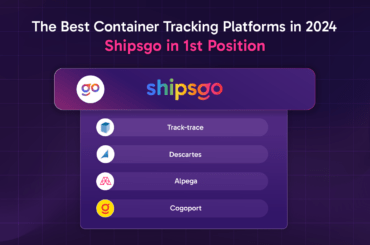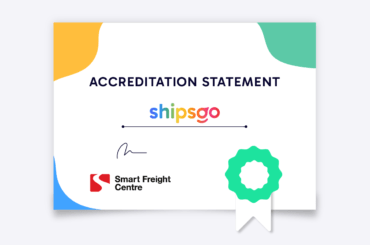At the core of global trade lies maritime transport: it is crucial in facilitating goods across oceans smoothly and on schedule. 2023 marks an opportunity to focus on container ship sizes as they form international commerce’s backbone – essential in providing timely transport of goods between nations and economies. Let us guide you on a voyage through 2023 container ship size comparison, exploring innovations and dimensions that make this a vital aspect of modern commerce.
Container Ship Classes: Navigating the Seas of Commerce
Container ships can be divided into various classes according to their size and capacity, which continues to evolve to meet global trade requirements in 2023. Ultra Large Container Ships (ULCVs), capable of transporting massive shipments across oceans, dominate this industry today; in 2023, these giants of the sea set new benchmarks in size, efficiency, and environmental sustainability compared with earlier class types.

Dimensions and Capabilities
Container ships have experienced remarkable expansion over time. Their length, width, and draft have all been designed to accommodate an increase in container shipments, optimizing loading/unloading processes at ports worldwide. As of 2023, some of the world’s largest container ships may exceed 400 meters long – reflecting this industry’s dedication to efficiency.
Furthermore, their capacities are an engineering marvel; 2023 container ships boast capacities measured in TEUs (Twenty-foot Equivalent Units), with some exceeding 24,000 TEUs. This increase in capacity allows for a more efficient delivery process and lower carbon emissions per transported unit, thus fulfilling industry sustainability efforts.
Sailing into the Future
Comparing container ship sizes in 2023 isn’t just about physical dimensions; it also considers technological innovations that enhance their efficiency and safety. Artificial Intelligence (AI), the Internet of Things (IoT), and advanced navigation systems have revolutionized how ships are operated and maintained, optimizing routes, fuel consumption, and improving maritime transport safety.





